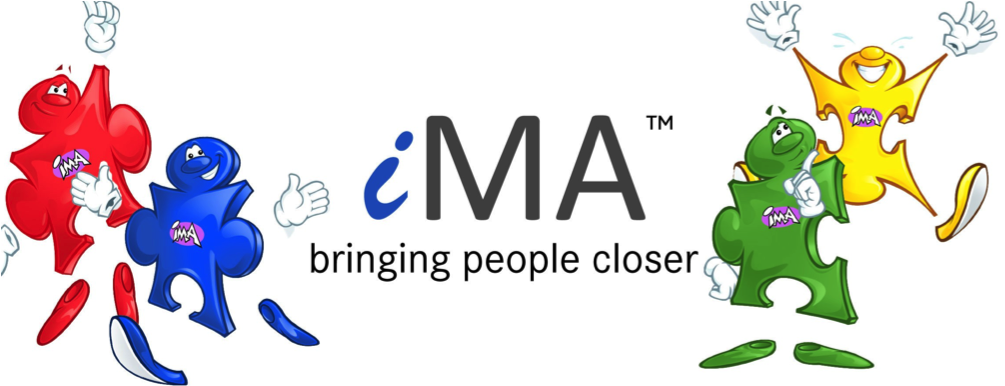Are you a hotel or restaurant manager grappling with unexplained dips in revenue—maybe lacklustre upsell performance, repeated guest complaints, or high staff turnover? More often than not, the root cause isn’t pricing, marketing, or location—it’s role‑fit.
When a style of person (e.g. extroverted sales‑minded staff) is placed into a role (e.g. front desk, banquet manager or lounge host) that doesn’t play to their strengths, the ripple effects on guest experience, staff engagement, and ultimately your revenue and profitability can be significant.
This article explores:
- The hidden costs of poor staff‑role alignment in hospitality.
- Real symptoms—like decreased upsells, repeat bookings, and longer onboarding time.
- How you can fix it—with the right tool plus structured training to assess style-of-person and match them to the right style of job.
- Data‑driven case studies showing how our clients increased revenue by up to 20% within 6 months.
By the end, you’ll understand how equipping your team with the right fit and training isn’t just HR‑fluff—it’s one of the most cost‑effective ways to protect revenue, reduce churn, and improve guest satisfaction.
Right People, Wrong Jobs: A Recipe for Hospitality Underperformance
When hospitality businesses hire or schedule staff without considering behavioural or personality style, the impact on operations and revenue is more significant than many assume:
- Low Upsell & Add‑On Conversion
A front‑of‑house team member who is naturally reserved and task‑focused may struggle to suggest upgrades or suite add‑ons—leading to lower average spend per guest. - Extended Training & Onboarding Time
A mismatch (e.g. placing someone who thrives in behind‑scenes preparation into a fast‑paced guest‑facing role) leads to longer ramp‑up time, more mistakes, and higher supervision costs. - Increased Complaints & Refunds
Staff who stress under pressure can be more likely to deliver inconsistent service, generating negative guest reviews or compensation claims. - Frequent Turnover = Disruption & Cost
When role expectations clash with a person’s working style, disengagement results—and hospitality businesses face a turnover cost typically stretching into thousands per position per year. - When It Works It is Poetry in Motion. I have recently been working with a number of McDonalds franchises. McDonalds have a great process from start to finish preparing and serving food. On occasion the process may not be full optimised, not allowing the restaurant to function as designed. The only reason for this to happen is when the people most suited to do very specific roles are doing other roles and vice-versa. By simply getting all the right people in all of the right jobs you are ensuring that the whole team is displaying their very best natural skillset and making the whole operation seamless from the point of view of the crew and the customers.
- Aligning People and Jobs is Not Distributive. The crew in the example above are very well trained and engaged, but are not necessarily aware of the four different styles of people and how they and their colleagues fit in and where their super strengths lie. This is then extended to working with the customers and suppliers to ensure stronger and more predictable relationships. Matching people styles with job styles is not in anyway disruptive, it is transformational for any hospitality business, easy to implement and good fun to use.
Using iMA. No psychometrics, Straight Forward, People Centric
To make role alignment easy and actionable, we use iMA—a straightforward, people-focused approach that’s practical for busy hospitality teams. It’s not about psychometrics or complex assessments. Instead, it’s about giving you clear, immediately usable insights into how people work best, communicate, and collaborate. Here’s how it works:
- Assessment tool: Identifies behavioural and communication styles. (4 styles in all) and maps them to the job‑style (e.g. reception, restaurant upsell, banqueting host, spa concierge).
- Training modules: Includes both general and specific training sessions. To begin with, introducing the concept and familiarising the team with all four styles and training them to be able to identify each and accommodate the way the other person needs to be treated and communicated with. Followed by advance concepts helping each style of person learn how to work with the other three styles and utilise their skills for the benefit of the business.
NEXT STEPS
- Request a free demo of the style‑fit assessment tool/iMA questionnaire.
- Book a pilot training session with your leadership and supervisory teams.
- Pilot in one department, track performance improvements over 3 months.
- Expand across the business once you see return on investment.
By aligning the right style of person with the right style of hospitality role, and reinforcing that with targeted training, properties stop losing revenue to misalignment—and instead unlock untapped guest delight and sales potential. Let me show you how this works in practice for your business: book a consultation or demo today and see what our clients are saying about the hidden value of role‑fit.
m: 07973 600 761
Ashley also delivers a suite of complementary training programmes designed to strengthen communication and influence across teams, including:
- Impactful Communication Skills: Learn how to craft clear, persuasive messages that connect with every iMA style.
- Dynamic Public Speaking: Gain the confidence to deliver presentations that capture attention and inspire action.
- Effective Presentation Skills: Discover how to structure and present ideas in a way that secures buy-in and drives results.




